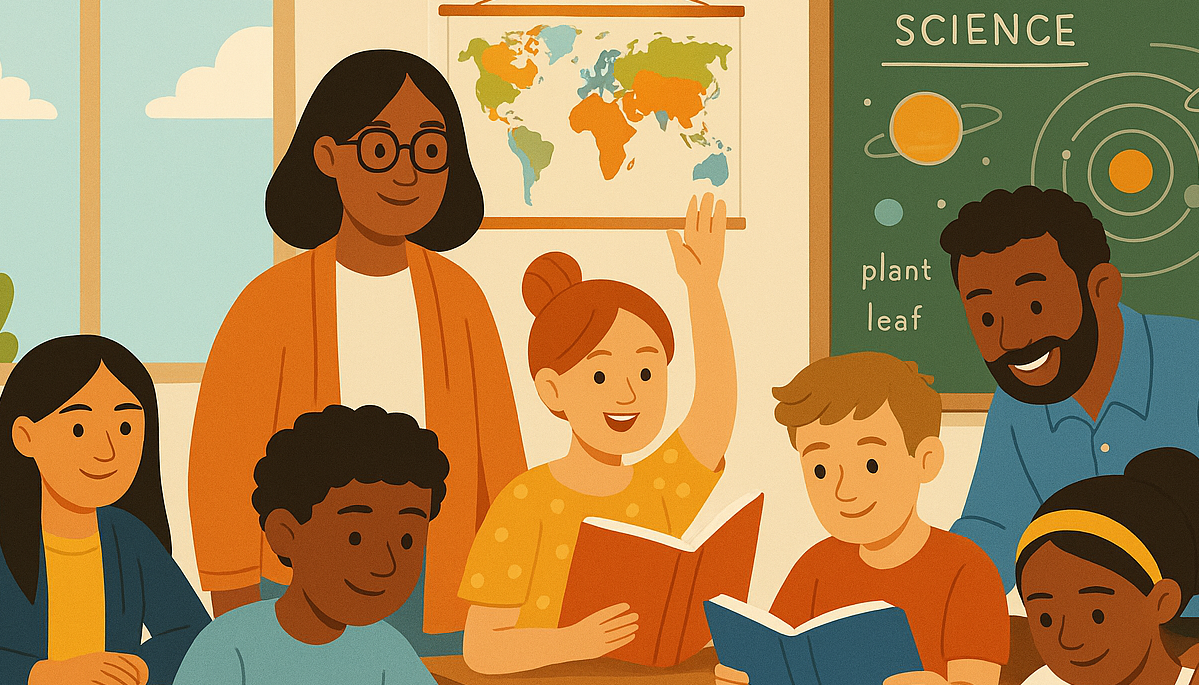There’s a lot going on, and we’re all trying to figure out how to move forward in this rapidly changing world. We’re all working together to try to make informed decisions and help our students as much as possible in the midst of this chaos.
In all transparency, as an educator, I am losing sleep over how this event will forever play a significant chapter in our story and the story of our nation’s children. Just as we will always remember the assasination of Dr. Martin Luther King, Jr. in 1968, the Twin Towers crumbling on 9/11 in 2001, and the devastation of Katrina in 2005, we will remember the coronavirus Pandemic of 2020.
This is unchartered territory, so it is okay to stop and breathe. Take a minute to think through your next steps. This pandemic isn’t going away soon, so how we adapt needs to be thoughtful and considerate of all students.

As you make decisions with major stakeholders in your organization to try to educate students remotely, consider the entire student experience. After reading How COVID-19 is Interrupting Children’s Education, what resonated with me the most was the closing statement, “But the success of such initiatives relies on preparation and organisation, not sudden scrambles to teach existing curriculums to entire populations of students in the midst of a pandemic”; In the quest to minimize the disruption of the pandemic for millions of children, we have started transferring practices that don’t work as well in an online format.
This process is exposing vast inequities between the haves and the have-nots throughout our nation, and I am concerned that we are leaving our most vulnerable students behind. When education is remote, it’s difficult for special populations to get the supports they need. Are your English learners getting the necessary scaffolding to understand your lesson? Are your SpEd students getting the right amount of stimulus to keep them focused and engaged? Are you addressing all of your IEPs? It’s also difficult to identify and address all students’ socio-emotional needs. When you’re teaching remotely, can you identify students who are checked out? Students who are struggling? These are all big questions we need to grapple with as we shift to this new medium.

As you gear up for another week, I encourage you to stop, breathe, think, plan, discuss, pilot, evaluate, and adjust your instructional techniques. And be sure to consider not just the academic needs of the students, but also their socio-emotional needs and the issues of equity that this medium may introduce.
Recently, a parent’s viewpoint was featured in the New York Times in an opinion piece entitled I Refuse to Run a Caronavirus Home School. The author, also an educator, made several points throughout her commentary, but the one that pulled on my heartstrings the most stated:
“I hate to think of how parents who are preoccupied with worry about loss of income and how to provide food and shelter for their families feel. They must be terrified their children will be unable to keep up as moms and dads with more flexibility, more security, or even full-time help talk about their aggressive at-home enrichment agendas for their little ones. Maybe this is the perfect time to call a timeout on the academic rat-race that was never healthy or fair in the first place.”
The impact of this pandemic on the educational landscape depends on the decisions educators will make over the next few weeks. Our success is traditionally rooted in relationships, which are fostered differently when you are unable to meet in person. Being a “people person” in the virtual world requires a different skill set and picking up on and addressing your students’ needs is going to be a little more difficult.
As you are practicing social distancing and thinking about how to educate students from afar, here are a few helpful resources to consider:
What is Remote Work?
The Long-Distance Leader
Work Together from Anywhere





